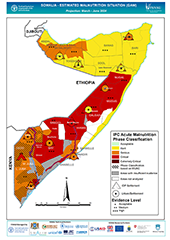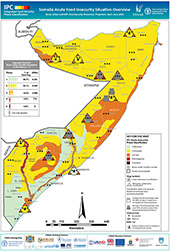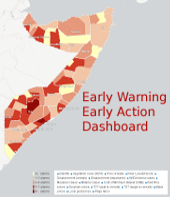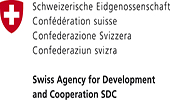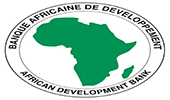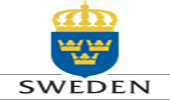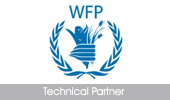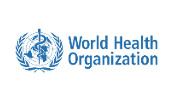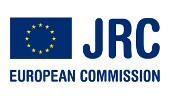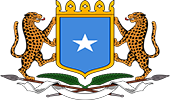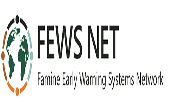Analytical Approach / FSNAU Food Security Analysis System (FSNAS)
FSNAU Food Security Analysis System (FSNAS)
The composite conceptual, analytical and operational framework for FSNAU's Livelihoods-Based Analysis is entitled the FSNAU Food Security and Nutrition Analysis System (FSNAS). Click here to see a comprehensive visualization of the FSNAS (PDF, 257 KB).
Within the broadly accepted conceptual pillars of access, availability, utilization, and stability, the FSNAS operationally and conceptually draws together:-
- Core sectors for analysis--pastoralism, agriculture, climate, markets, nutrition, conflict and natural resources
- Scales of analysis-macro, meso and micro levels, with emphasis on the meso level scale of Livelihood Zones
- Core analytical activities-baseline livelihoods analysis, annual food security vulnerability projections, rapid food security and nutrition assessments, livelihoods key indicator monitoring at both the macro and meso level, nutrition surveillance and analysis, and applied research
- Information support activities-database development, Digital Library, web site, Spatial Data Tracker, and the FSNAU Resource Center
- Key outputs/products-including the monthly FSNAU Food Security and Nutrition Brief, the Nutrition Update, the Climate Data Update, the Market Data Update, the FSNAU Technical Series, the FSNAU Food and Livelihood Security Phase Classification, and research articles.
Unique characteristics of the FSNAU Food Security Analyses System include:-
- Holistic understanding of behaviors and structures that constitute peoples' livelihoods, with ultimate interest in food security outcomes.
- Multi-scale approach, with a focus on meso-level analysis based on Livelihood Zones, while drawing from an understanding of macro and micro level analysis.
- Mixed methods, including quantitative and qualitative analysis on secondary and primary data.
- Integration of sectoral analysis, whereby key sectors are analyzed in sufficient depth, as well as breadth to ensure strong linkages between sectors and hence a holistic approach.
- Analysis of both behaviors (livelihood strategies) and structures (livelihood assets) to enable strategic short and long-term interventions to promote food security.
